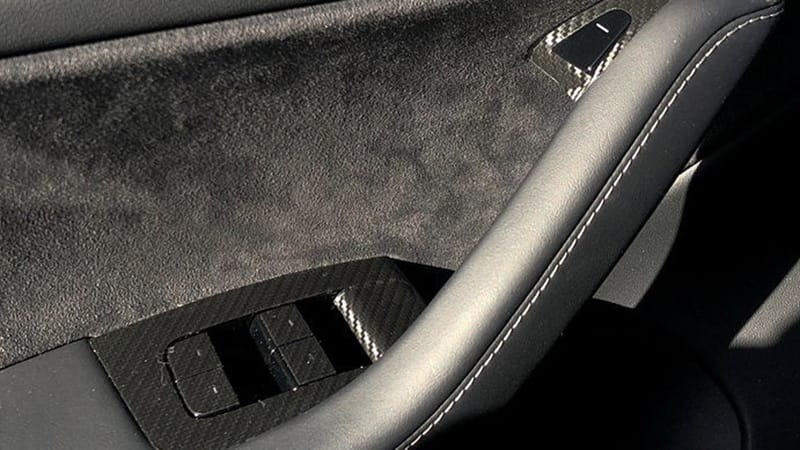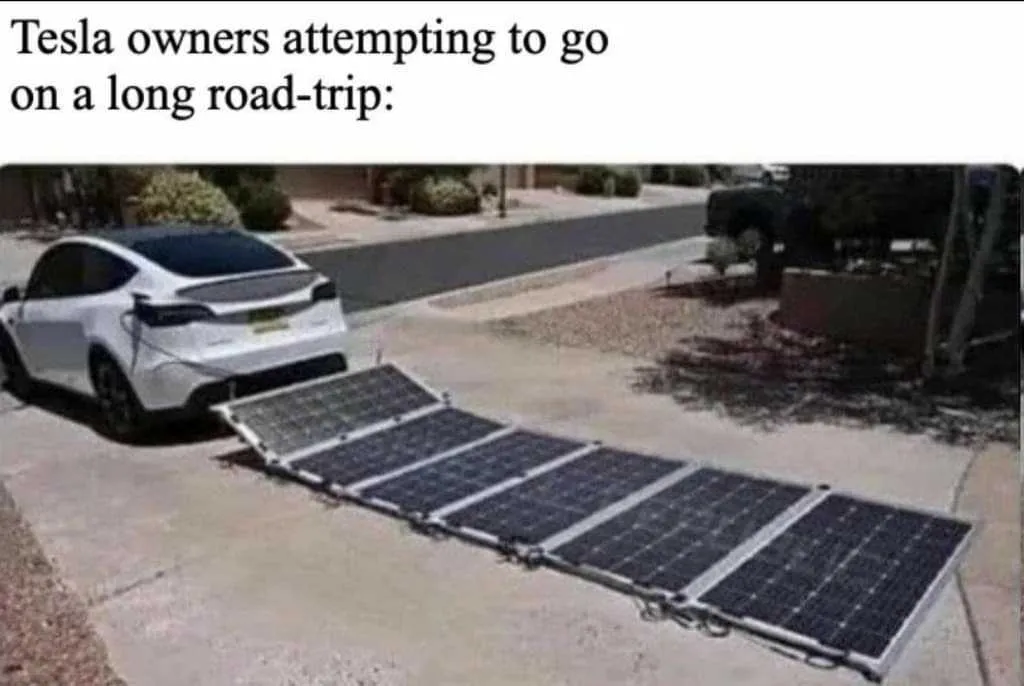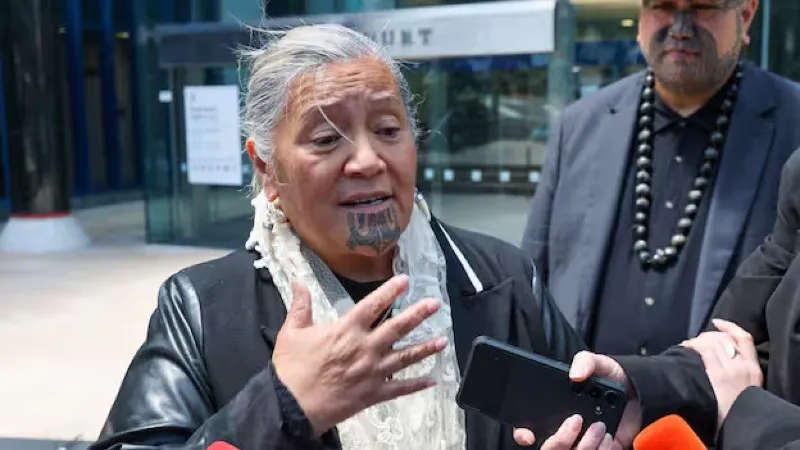Another day, another hilarious story of another EV failure.
I really have to thank Elon Musk and the Climate Cult: if it wasn’t for them, I wouldn’t have an endless supply of these stories to mock. It’s the gift that keeps on giving. Whether the cheap laughs are worth the damage that the Climate Cult are wreaking is, of course, another story.
In this instance, the story is a curious case of life imitating art imitating life.
In an episode of the Always Sunny Podcast, Glenn Howerton of It’s Always Sunny in Philadelphia described his experience with a Tesla. When the key fob failed, he was locked out of his car. Customer Service duly advised him to use their online app — but in the bottom floor of a parking garage, there’s no WiFi. Replacing the key battery didn’t work, either. Oh, that’s easy, they told him — the next day — just place the fob on a special area of the car.
So far, so good: he could get in… but the car wouldn’t start. After another day of being phone-bounced between Tesla departments, he had the car towed. Finally, he was able to drive it. Although now he avoids areas without WiFi, because without access to the online app, he’s screwed.
Naturally, Always Sunny turned the real life into an episode — Dennis Takes a Mental Health Day — which was one of the better episodes of season 16. (At 16 seasons in and still going strong, Always Sunny is surely one of the all-time greats.)
A mother and daughter from Illinois recently got the chance to repeat Howerton’s experience with Tesla’s, shall we say, “quirks”. I’m not sure if they saw the funny side, though.
Becky Liebau was travelling cross-country with her 16-year-old daughter, scouting colleges. On arriving at one airport, they found their booked rental car wasn’t available. No problem, the on-site Hertz desk assured them, they could have a Tesla Model 3.
Liebau had never driven a Tesla, or indeed any electric vehicle, but accepted the car as it was closing time and she was keen to make progress on their trip.
What followed was, in Liebau’s words, “quite the disaster”.
It began with one of Tesla’s big marketing points: the car will tell you everything that’s wrong with it. In this case, not only were its tyres low, but so was the battery. The former most of us would ignore, but imagine if you were handed the keys to a rental and discovered the tank was nearly empty?
Still, at least you’d be able to fill it up easily.
Out on the road in search of a Tesla Supercharger, Liebau could not find one, only locating EV chargers for other vehicles with a different plug.
Somewhat inevitably, the Tesla ran out of battery and stopped. A tricky situation to be in at the best of times ramped up in its intensity when the pair realised that their phones were out of battery and that the Model 3’s electric door releases did not work with the car flat.
Now, lest you be tempted to dismiss the two as a pair of incompetent semi-morons, they were clearly not short on ingenuity.
Stranded and supposedly ‘trapped’, Liebau and her daughter were able to eventually charge one of their phones using a laptop, before calling a tow truck. The operator got them to crawl through the Tesla to escape through the boot via its internal release.
If only the rental agency, or the “smart” car itself, had seen fit to inform them about a basic safety feature.
If only Liebau had been told about the Model 3’s emergency door release levers, a large portion of their electric vehicle trauma would have been avoided.
The standard electric door release buttons for the Model 3 (and Model Y) are positioned at the top of the arm rest on the door card. But, if these buttons don’t work, there’s also a failsafe.
A few centimetres from each button is an emergency door release latch that works mechanically.

The only problem is that the levers are built smoothly into Tesla’s sleek design, and aren’t labelled. Because, who’d have something so gauche as an emergency alert spoiling that all-black design? You can buy labels for the emergency levers, but they’re strictly an after-market purchase.
Liebau’s Hertz trauma didn’t end there. Refusing to pay for the rental, she received monthly invoices from the company, before receiving a letter saying she had been added to the firm’s ‘do-not-rent’ list.
Only when CBS started to investigate the story did Hertz refund Liebau’s money and apologise. It conceded that the car should have come with a charging adaptor, and that it should have provided more information about the car at the point of handover.
Stuff
It could all have been worse, though. At least the car wasn’t on fire. For once.









